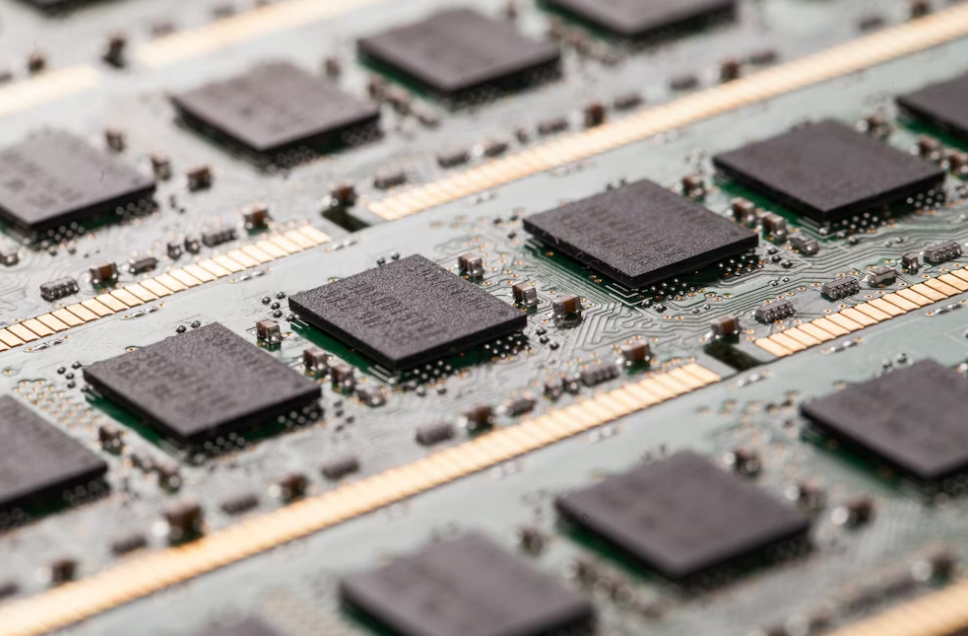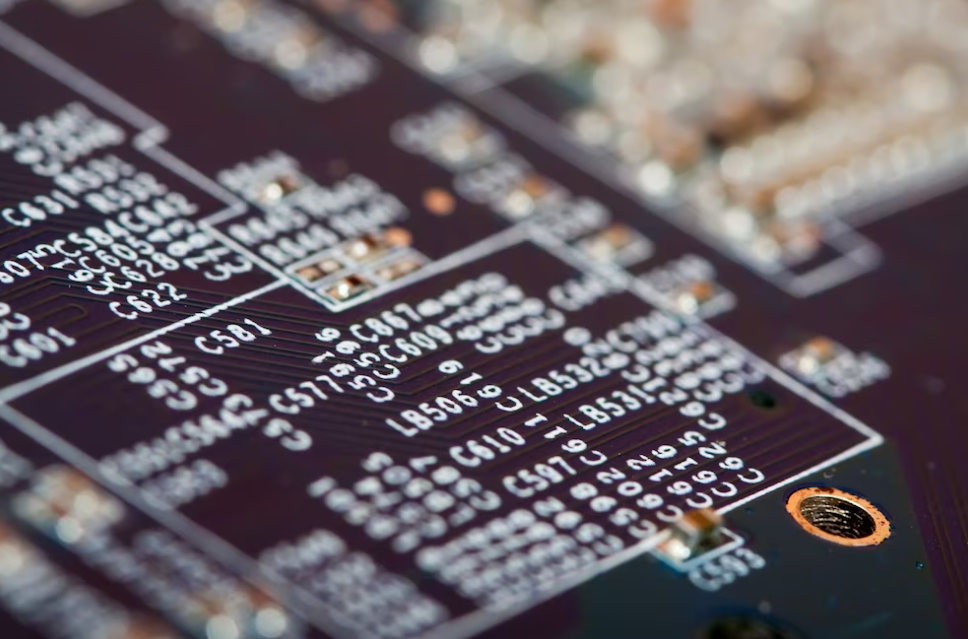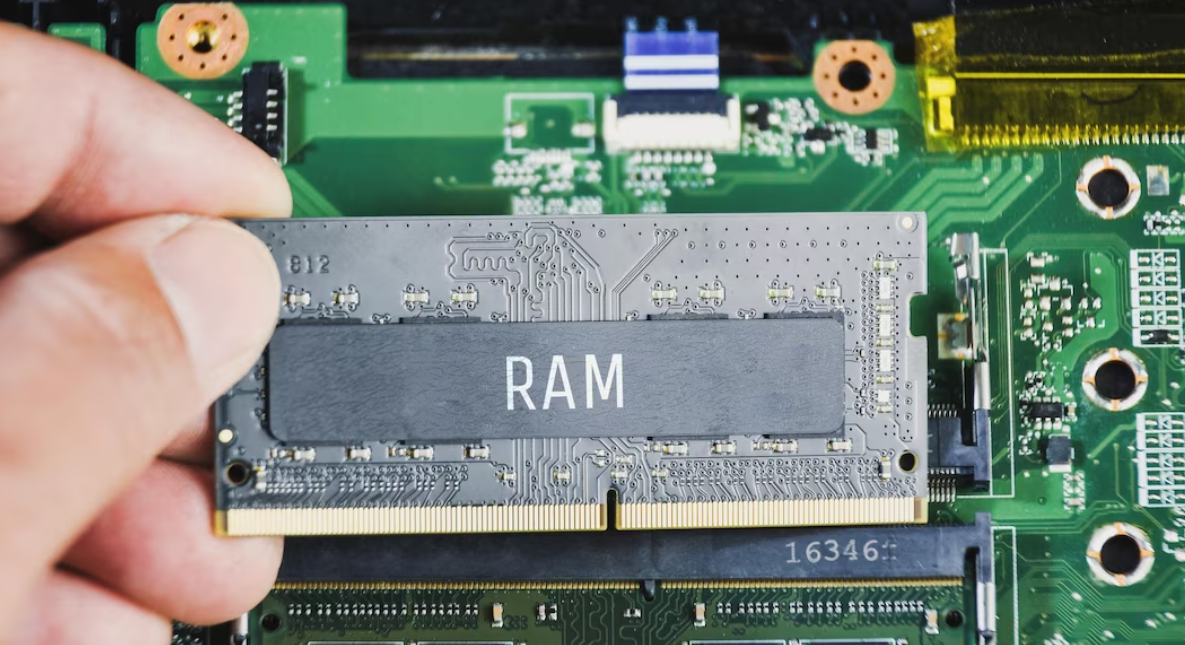Determining RAM Type: Is it DDR3 or DDR4 on Windows 10/8/7?
Double Data Rate (DDR) Synchronous Dynamic Random Access Memory (SDRAM) stands as the prevalent memory selection for computers. Presently, this category of memory has evolved from DDR to DDR2, DDR3, and finally to DDR4. In this article, we will present four uncomplicated and effective techniques for determining whether the RAM type is DDR3 or DDR4 on Windows 10/8/7. These methods are applicable to both laptop and desktop computers.
Method 1: Identifying DDR3 or DDR4 RAM Type using CPU-Z
The most direct and efficient approach for determining whether RAM belongs to the DDR3 or DDR4 category is by employing CPU-Z. This utility is compatible with Windows 7, 8, and 10, providing comprehensive insights into the fundamental components of your system, including the specific DDR iteration of your RAM. To initiate this process, follow these steps:
- Begin by downloading and installing CPU-Z on your laptop or desktop computer;
- Launch the application and navigate to the “Memory” tab;
- Within the “General” section, you’ll readily discern whether the RAM type is DDR3 or DDR4.
Once you’ve identified the RAM type, proceed to the next step: Verifying the Maximum Supported RAM Speed of Your Computer. This verification is crucial to ensure that your RAM choice optimally enhances your computer’s performance.
Method 2: Determining DDR3 or DDR4 RAM Type via Command Prompt (CMD)

The Command Prompt is an inherent Windows application that empowers users to execute operations through specialized syntax commands. This tool can also be employed to examine RAM specifications, including the DDR iteration, for your laptop or desktop. Functional on Windows 7, 8, and 10, this method entails the following detailed steps:
| Step | Action | Result |
|---|---|---|
| 1 | Press Windows key + R shortcut. A Run box will appear. Type “cmd” and press Enter. | Opens Command Prompt |
| 2 | In the Command Prompt window, input “wmic memorychip get memorytype” and press Enter. | Displays RAM type information (numerical representation) |
The output will be displayed in numeric format, with different numbers corresponding to different DDR generations. Specifically, “20” indicates DDR, “21” indicates DDR2, “24” indicates DDR3, “26” indicates DDR4, and “0” indicates an unrecognized status.
Method 3: Verifying DDR3 or DDR4 RAM Type via Task Manager
Another option to determine whether your RAM is DDR3 or DDR4 involves utilizing the Task Manager, though this approach is only applicable to certain editions of Windows 8 and 10, not all.
Follow these steps:
- Press the Ctrl + Shift + Esc shortcut keys;
- Navigate to the “Performance” tab;
- Locate the “Memory” option.
In the upper right corner of the window, you’ll discern the RAM type, whether it’s DDR3 or DDR4. Please note that this functionality is accessible only in specific versions of Windows 8 and 10.
Method 4: Physically Identifying DDR3 or DDR4 RAM Type
For an alternative approach, you can physically dismantle your desktop computer to ascertain the RAM type—whether it’s DDR3 or DDR4. However, it’s important to note that this method is suitable primarily for desktop systems, as disassembling a laptop is considerably more complex.

Here’s how you can proceed:
- Disassemble your desktop computer to access the RAM sticks;
- Most RAM modules come with printed specifications, including size, speed, and DDR generation;
- Examine the specifications on the RAM module closely. This will allow you to easily determine if the RAM type is DDR1, DDR2, DDR3, or DDR4.
Furthermore, the physical appearance of RAM sticks of different DDR generations can also exhibit distinct characteristics. The following table outlines the primary appearance differences among RAM sticks of various DDR iterations. By observing these differences, you can accurately identify the RAM type as DDR, DDR2, DDR3, or DDR4.
Conclusion
The aforementioned methods revolve around determining whether the RAM type corresponds to DDR, DDR2, DDR3, or DDR4. However, not all of these approaches might be accessible on your computer, and certain factors could influence their effectiveness, potentially rendering it challenging to ascertain whether the RAM type is DDR3 or DDR4. Factors such as the computer’s form factor (laptop or desktop), the version of the Windows operating system (Windows 10 or 7), or the system’s ability to recognize the RAM type could impact the process. Nevertheless, rest assured that there is invariably a method at your disposal.


